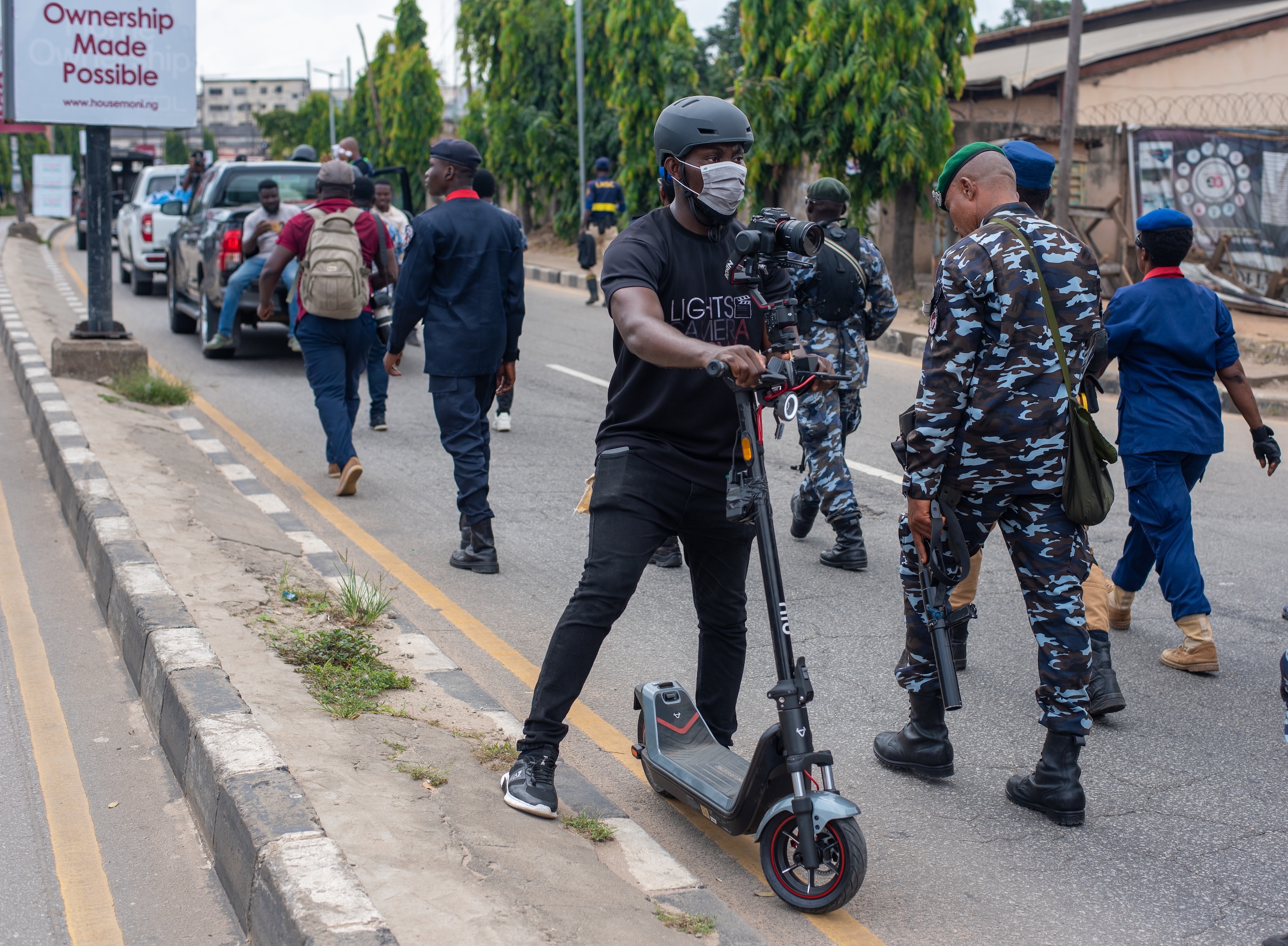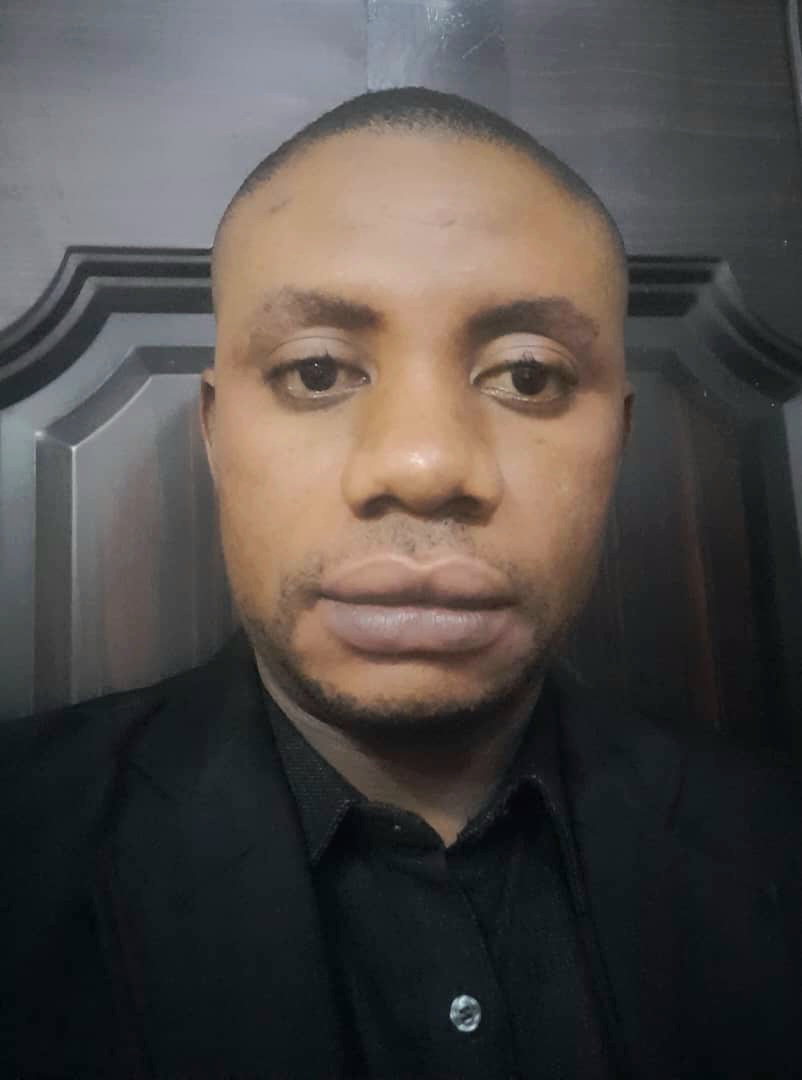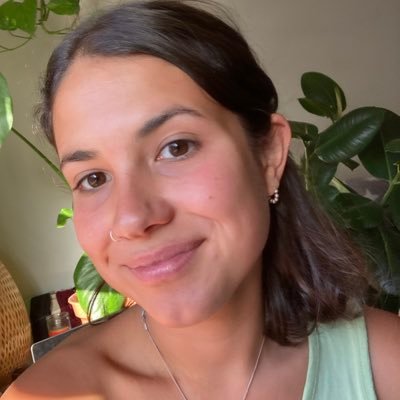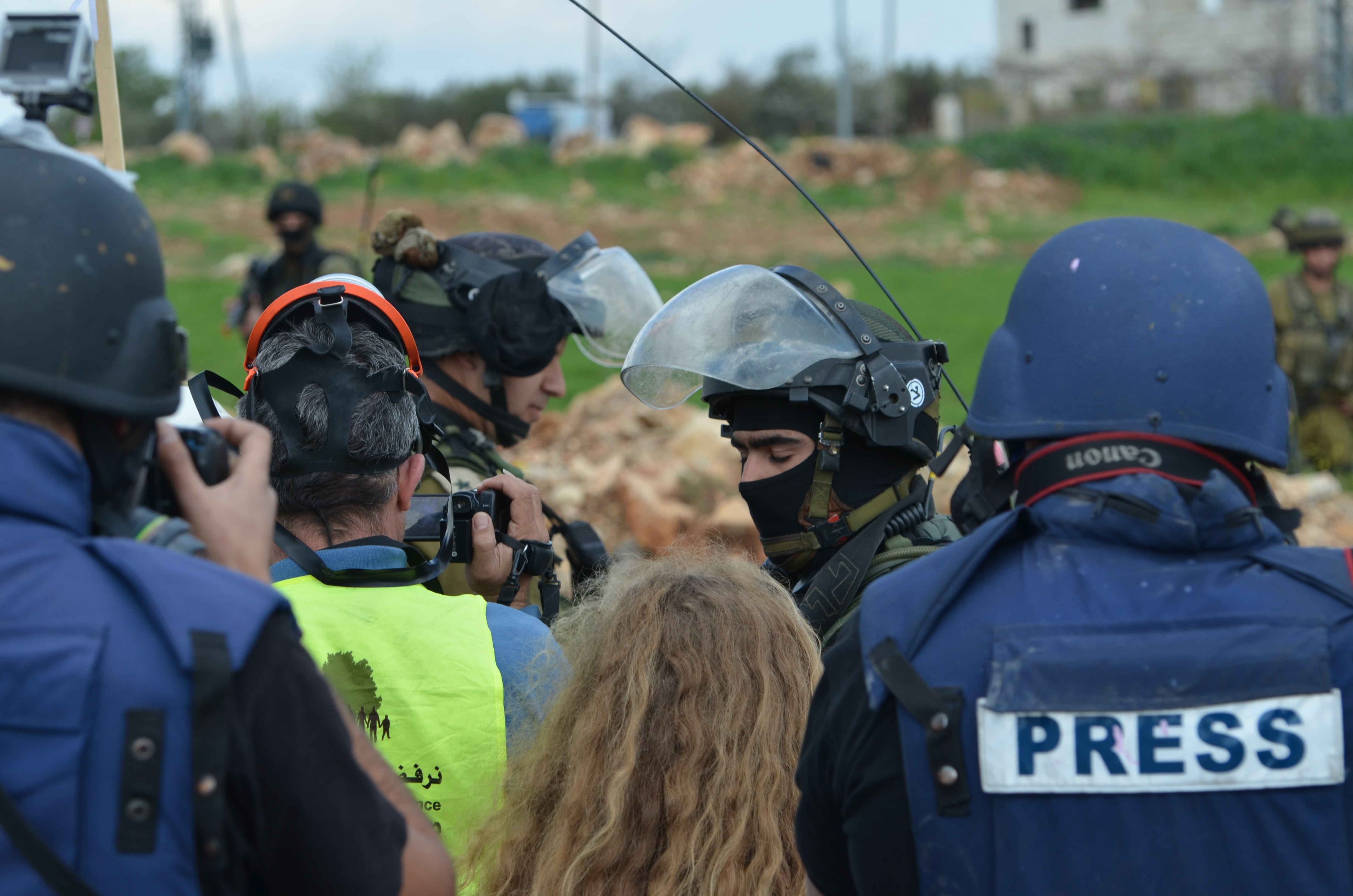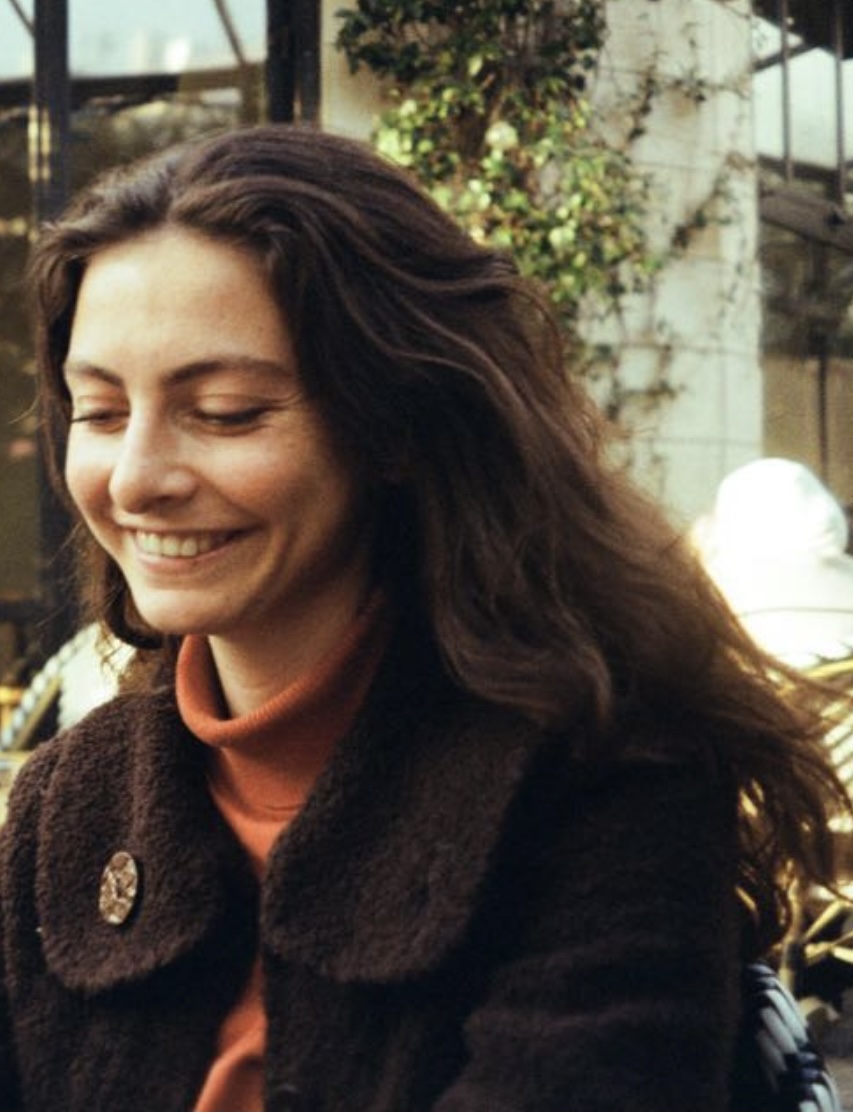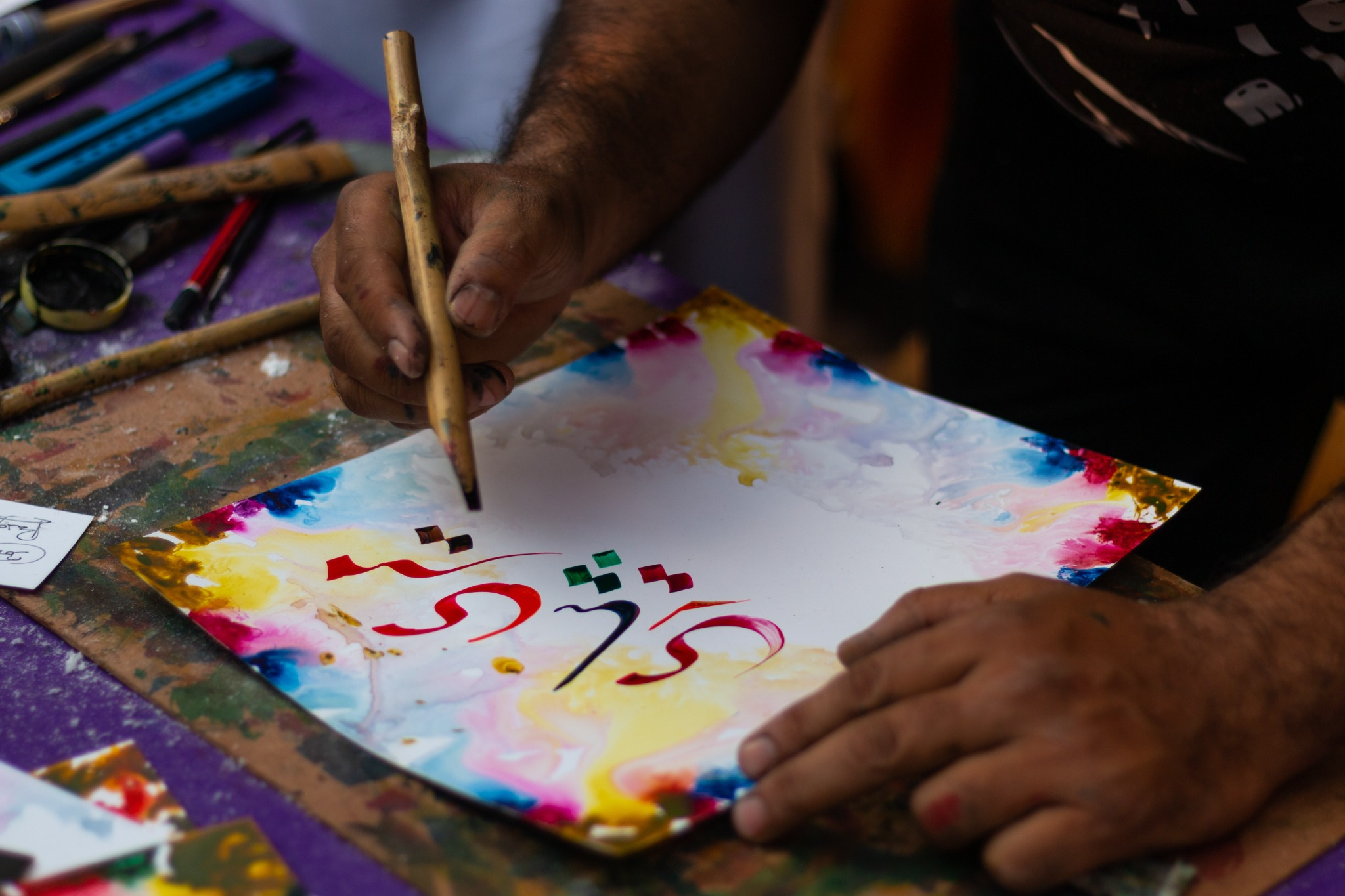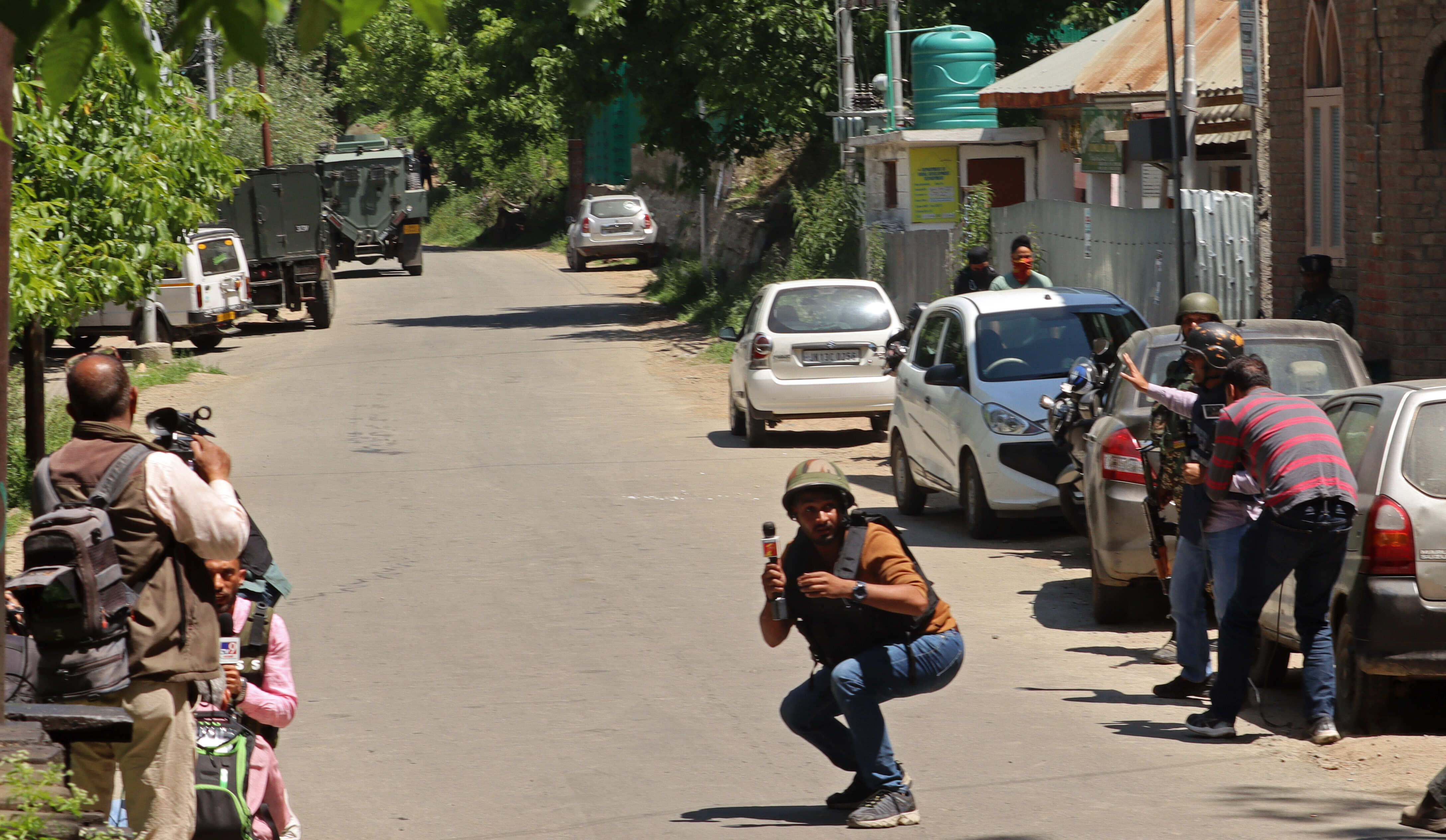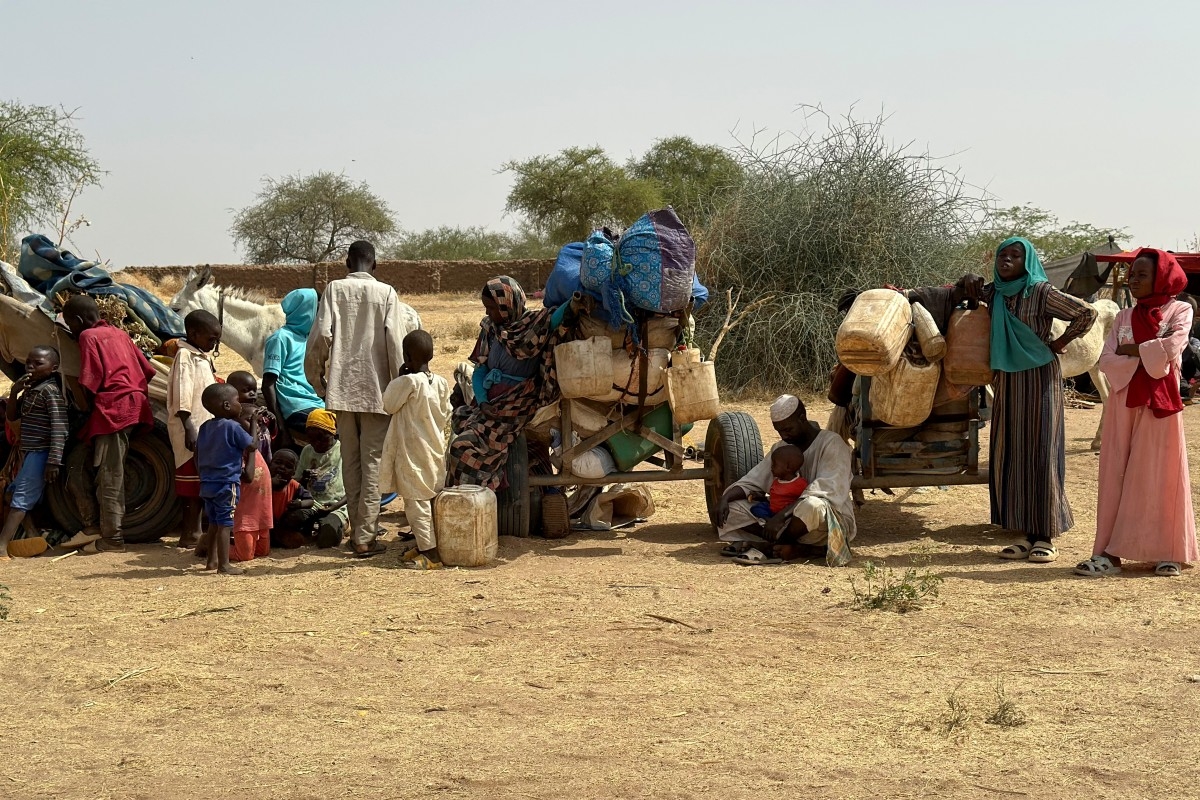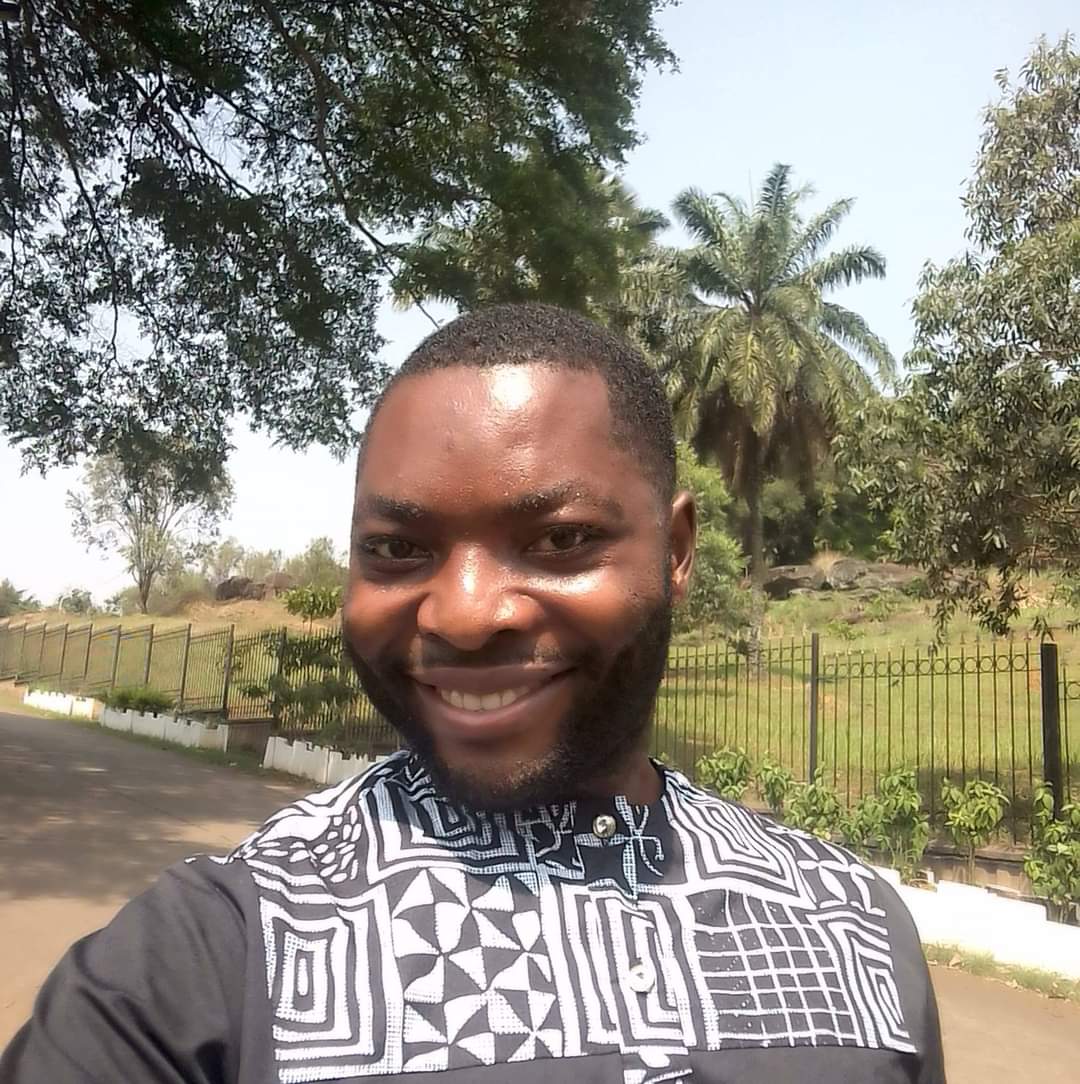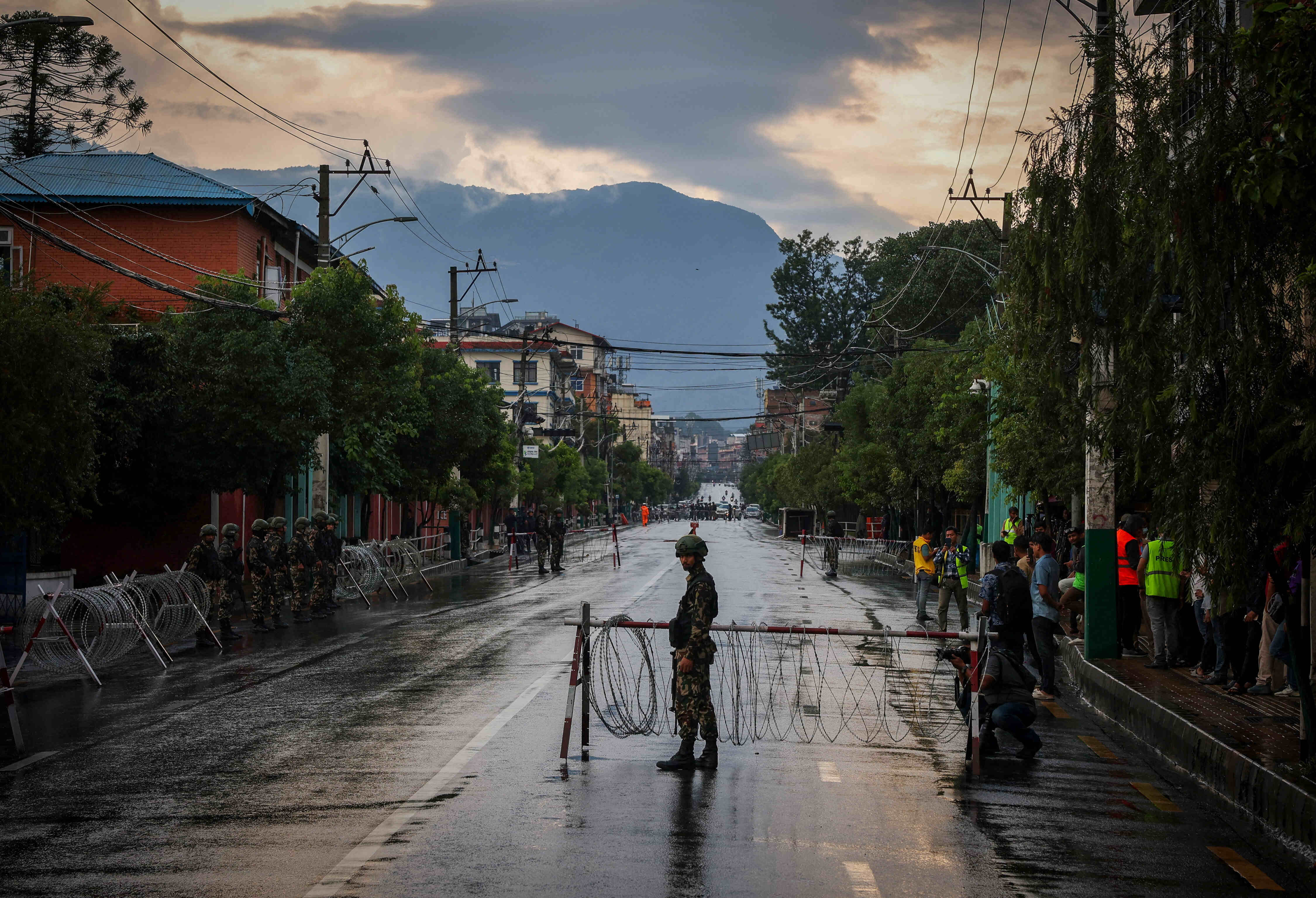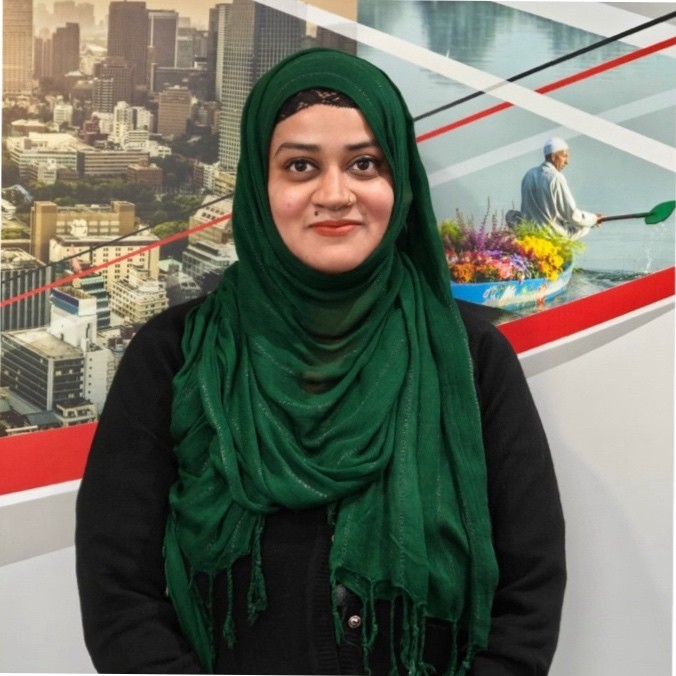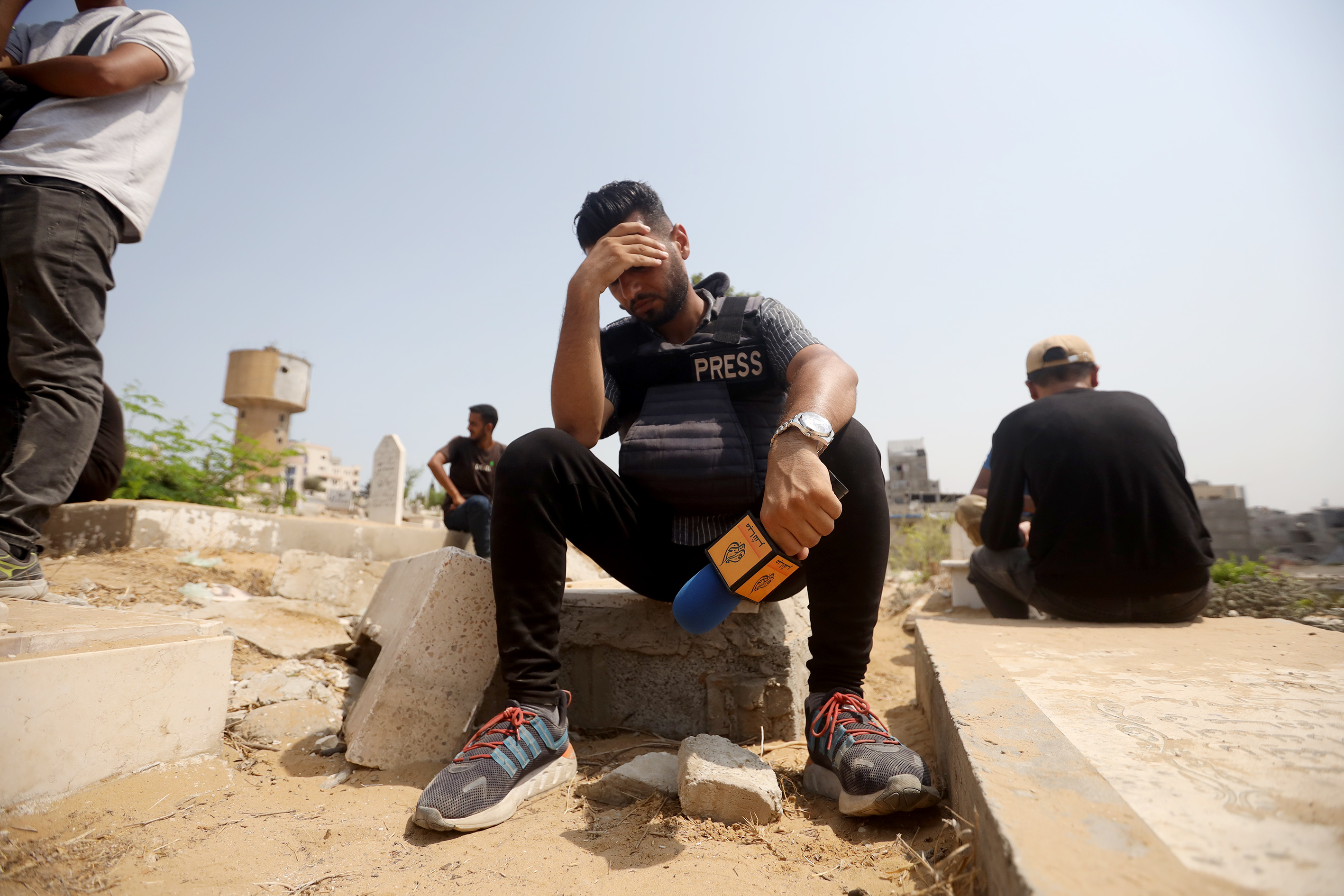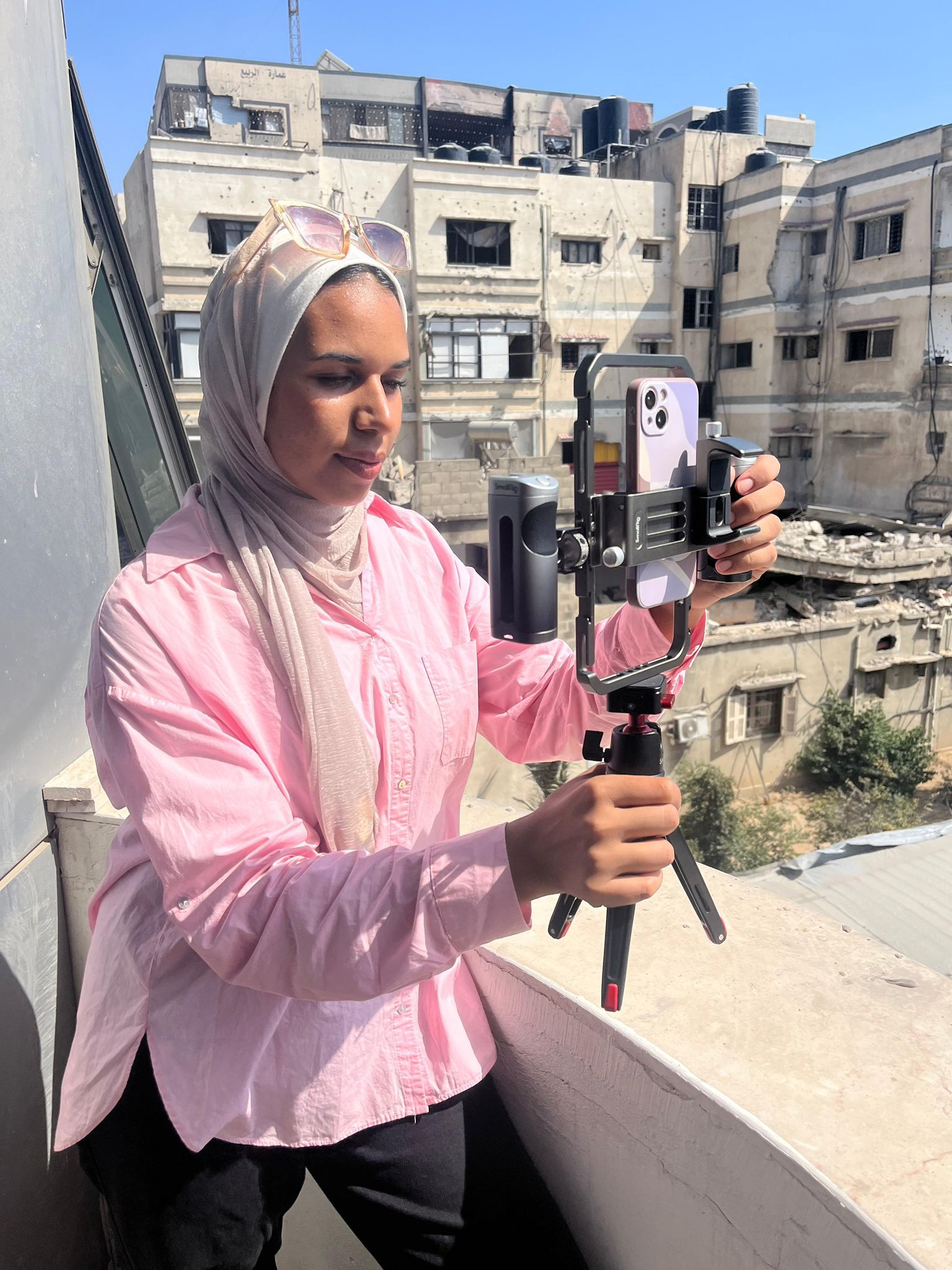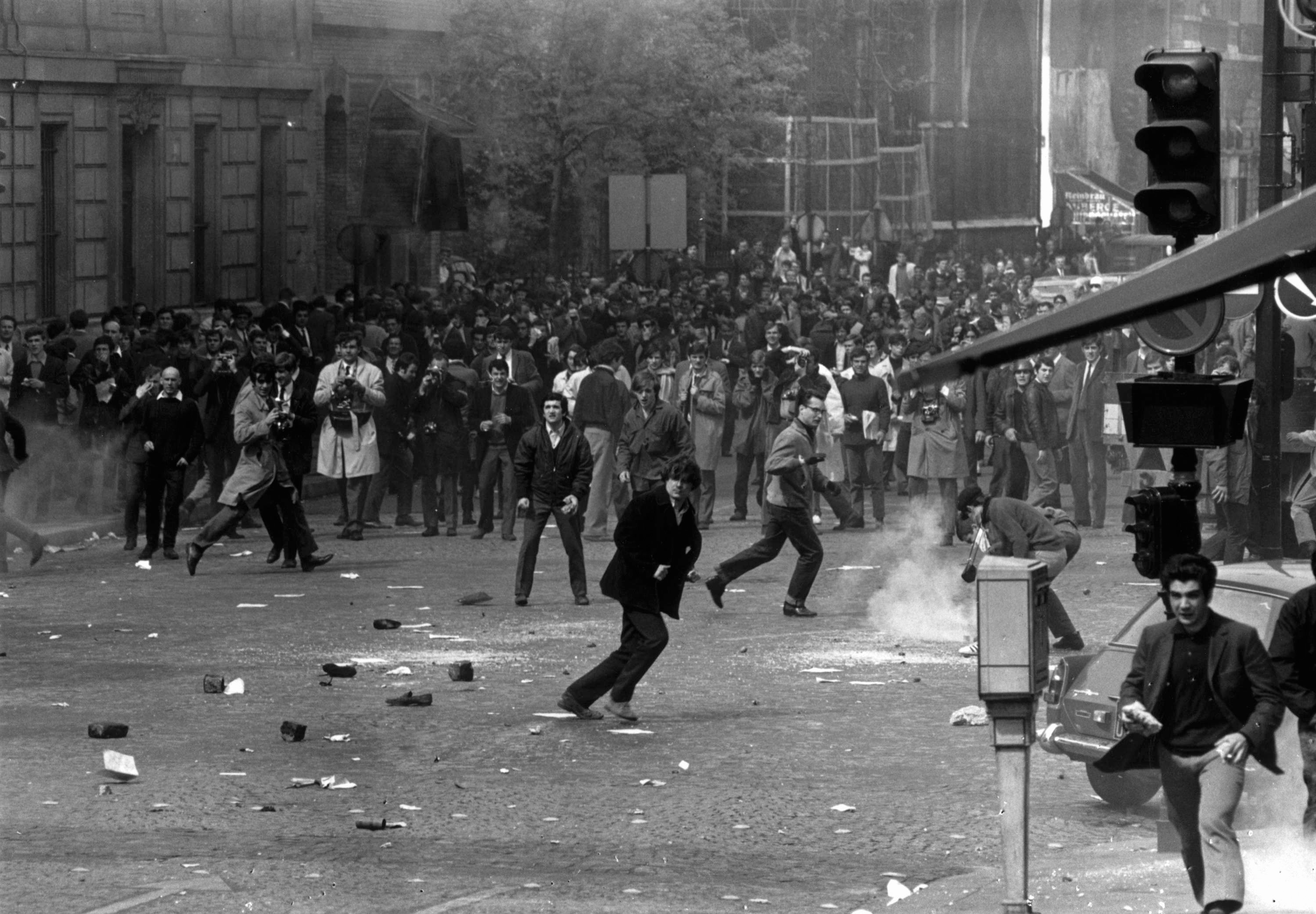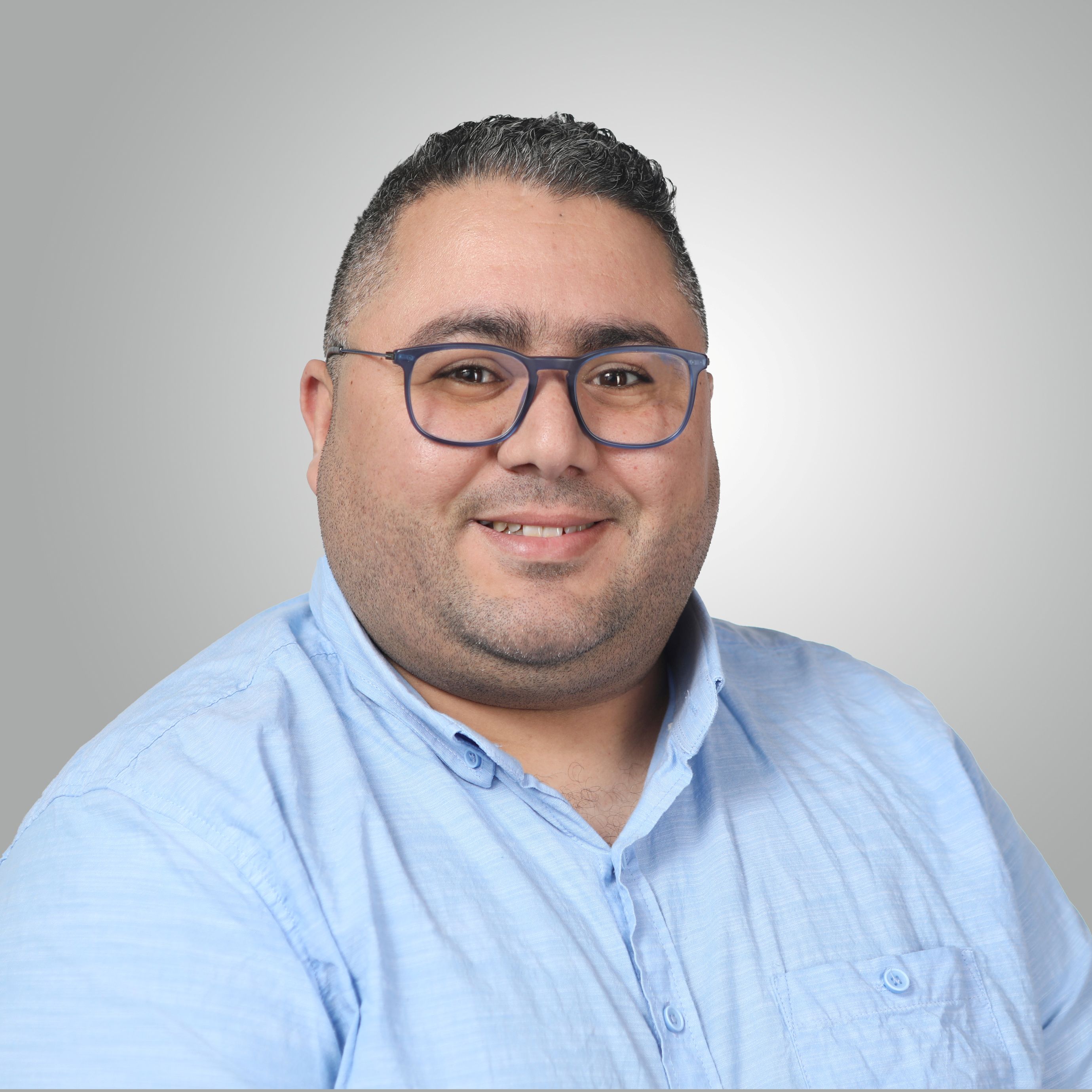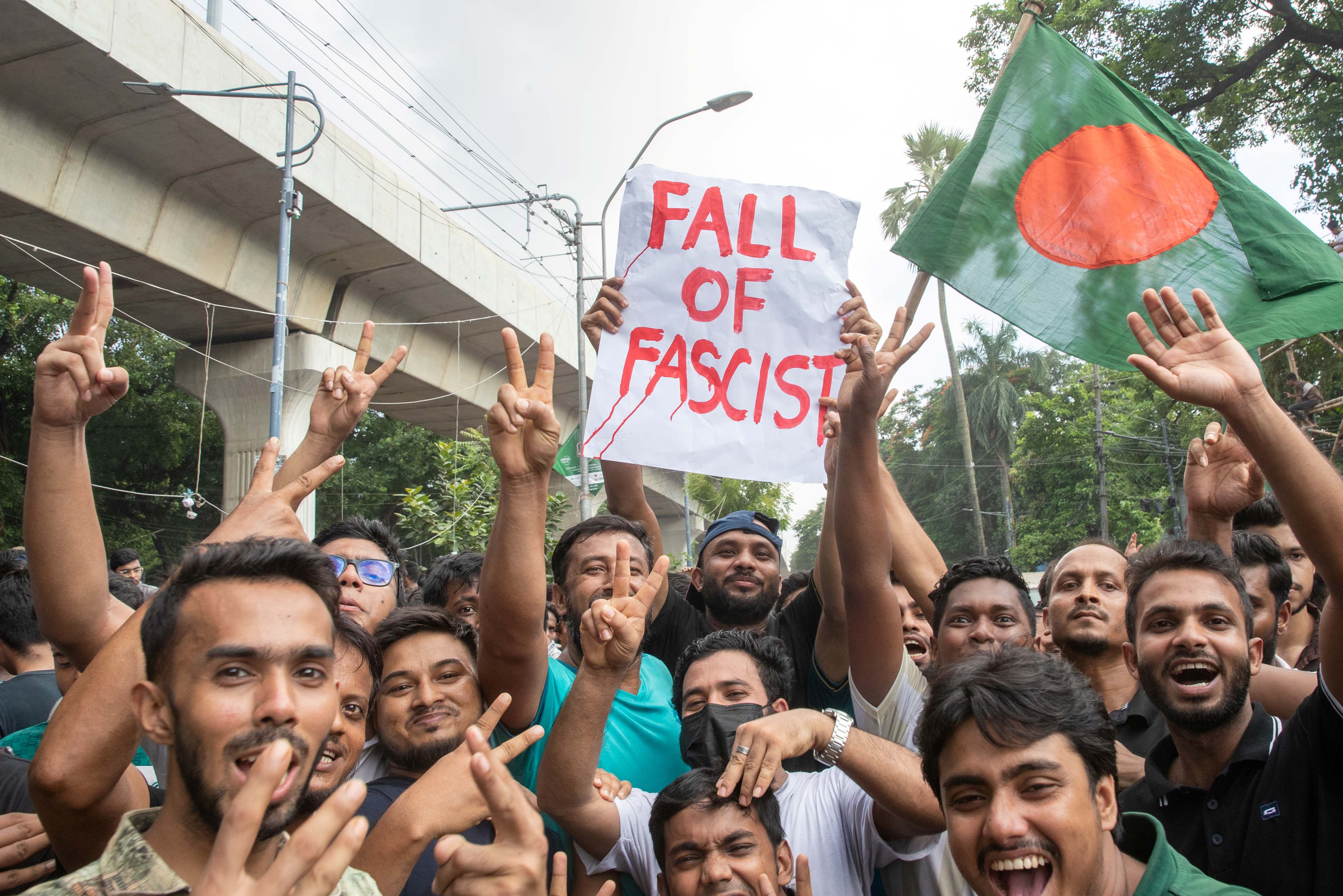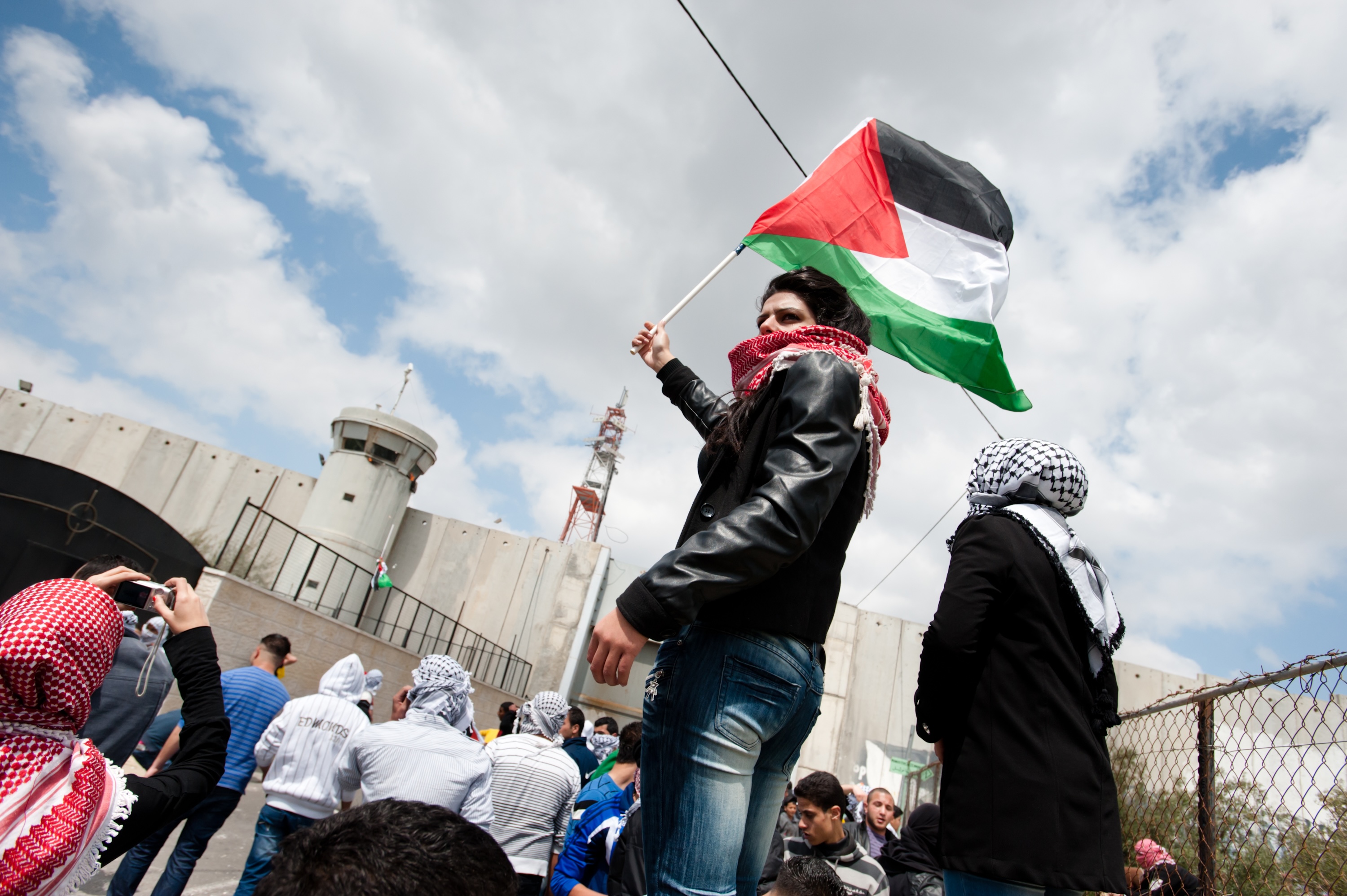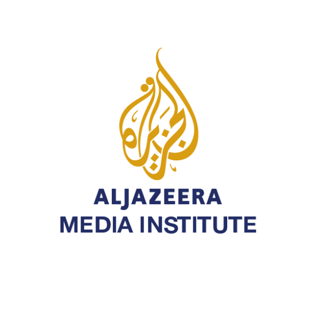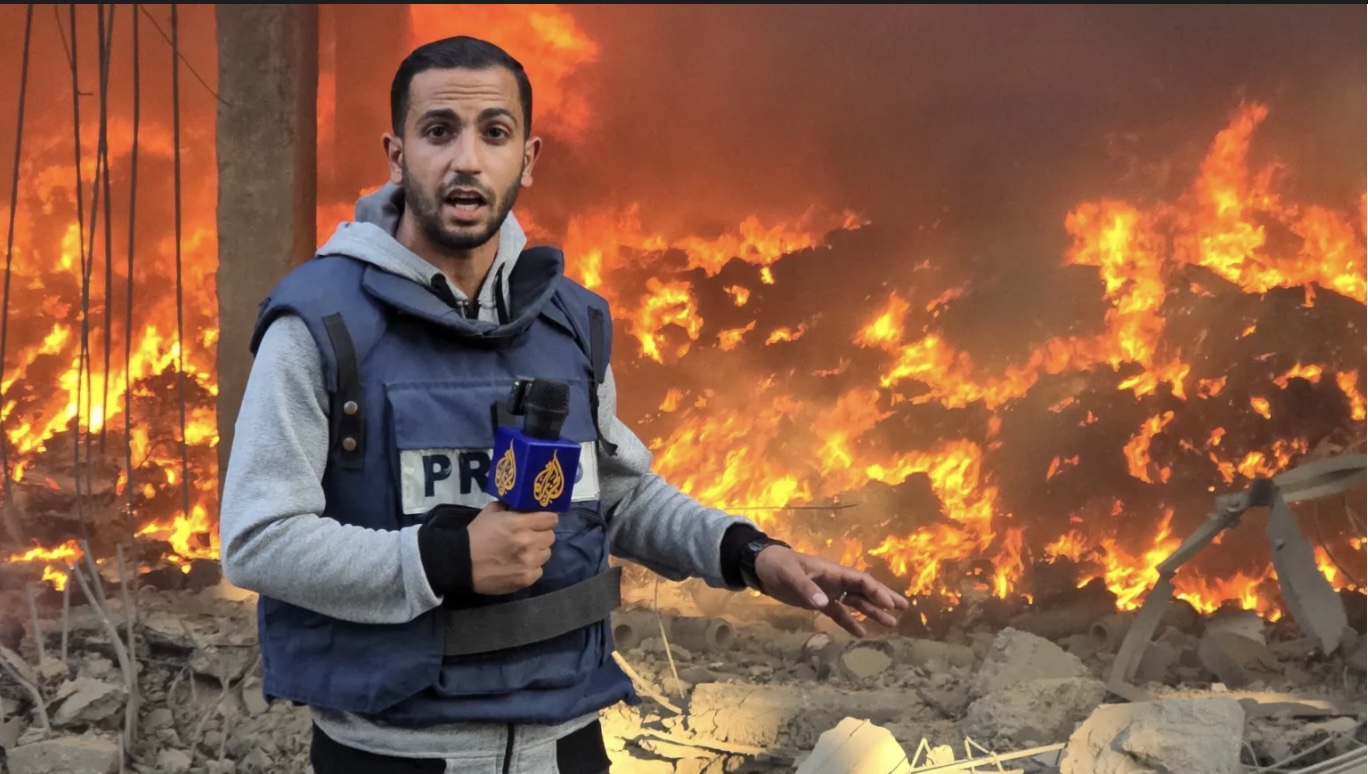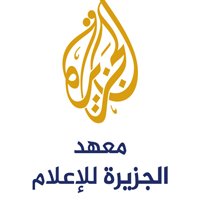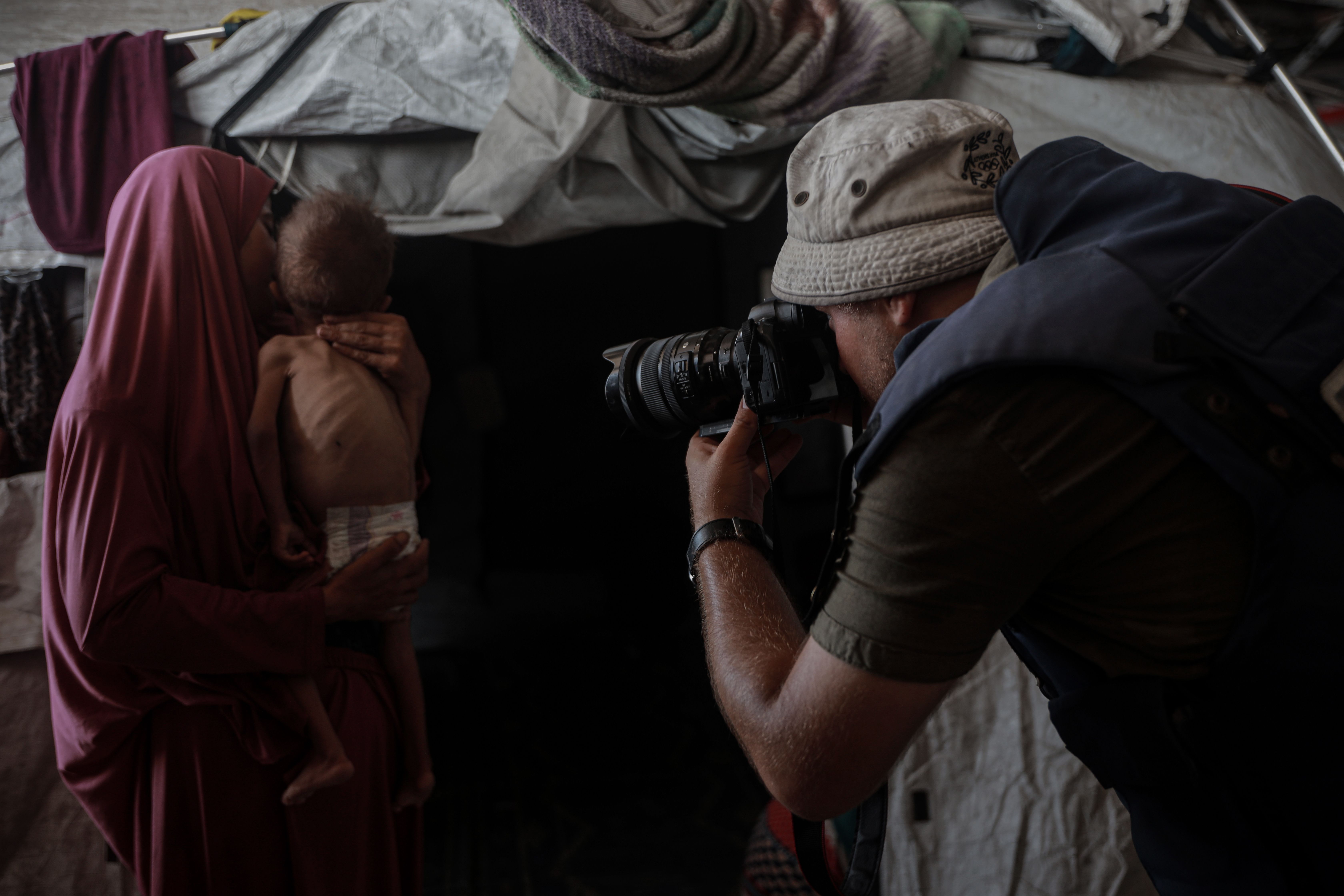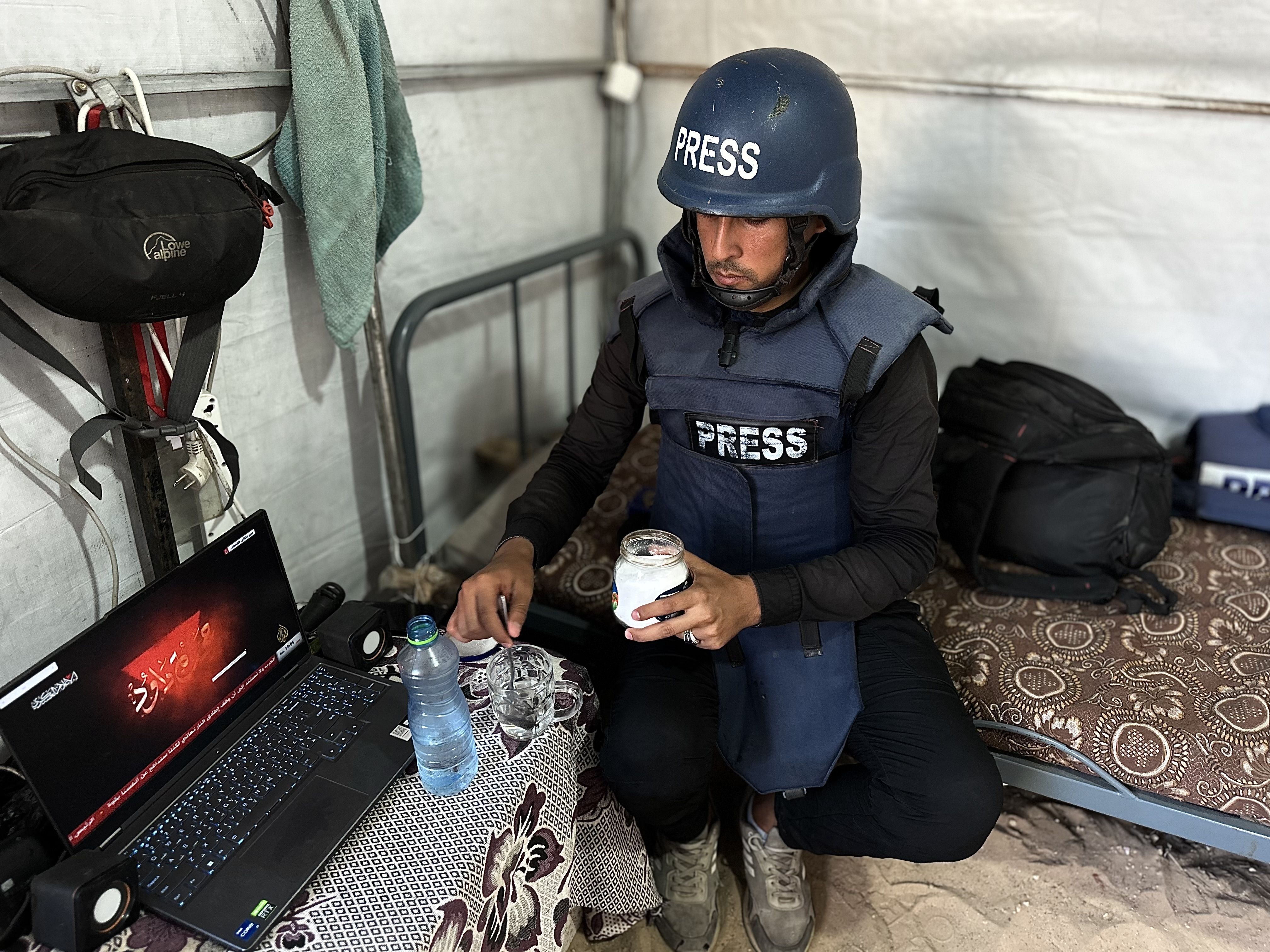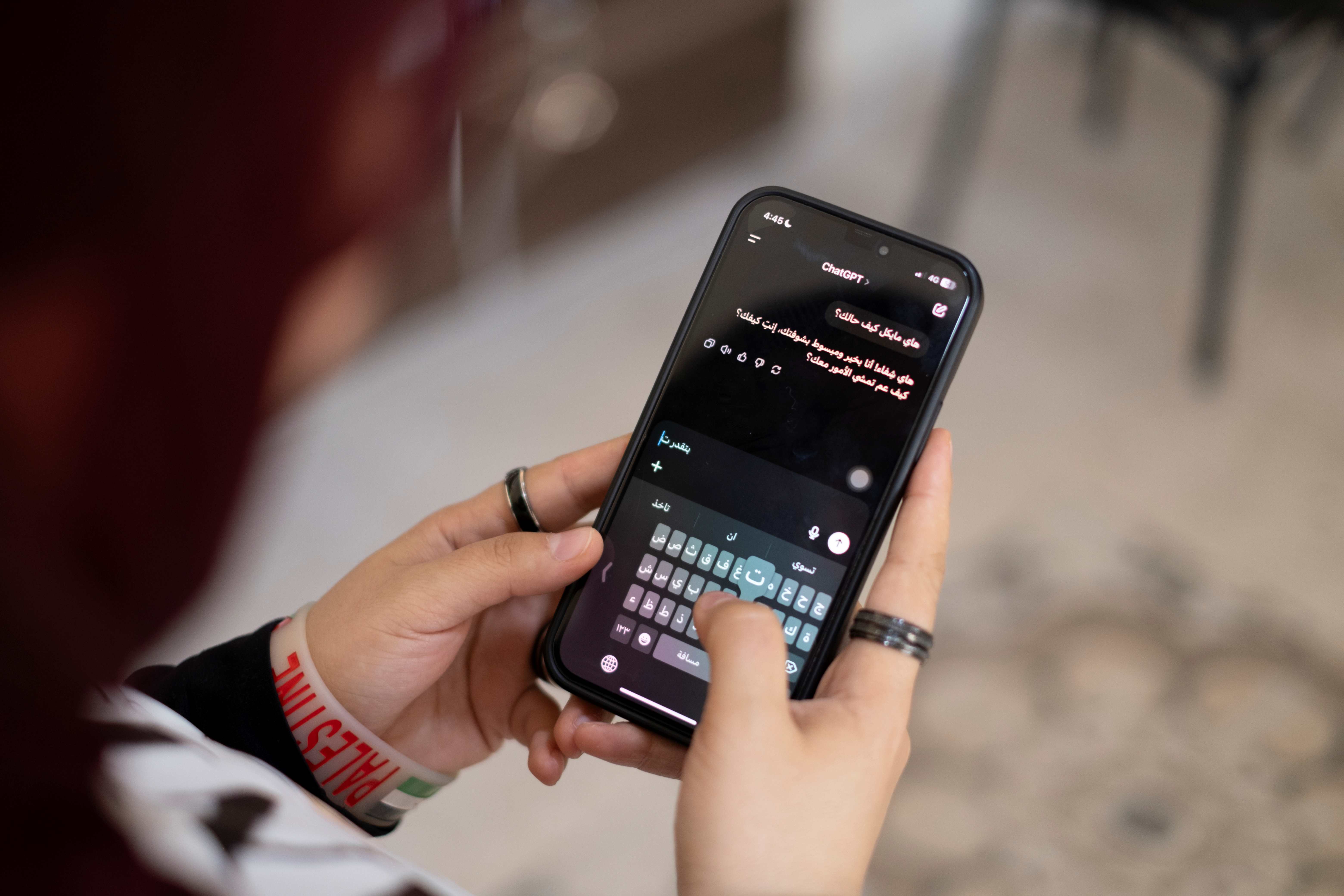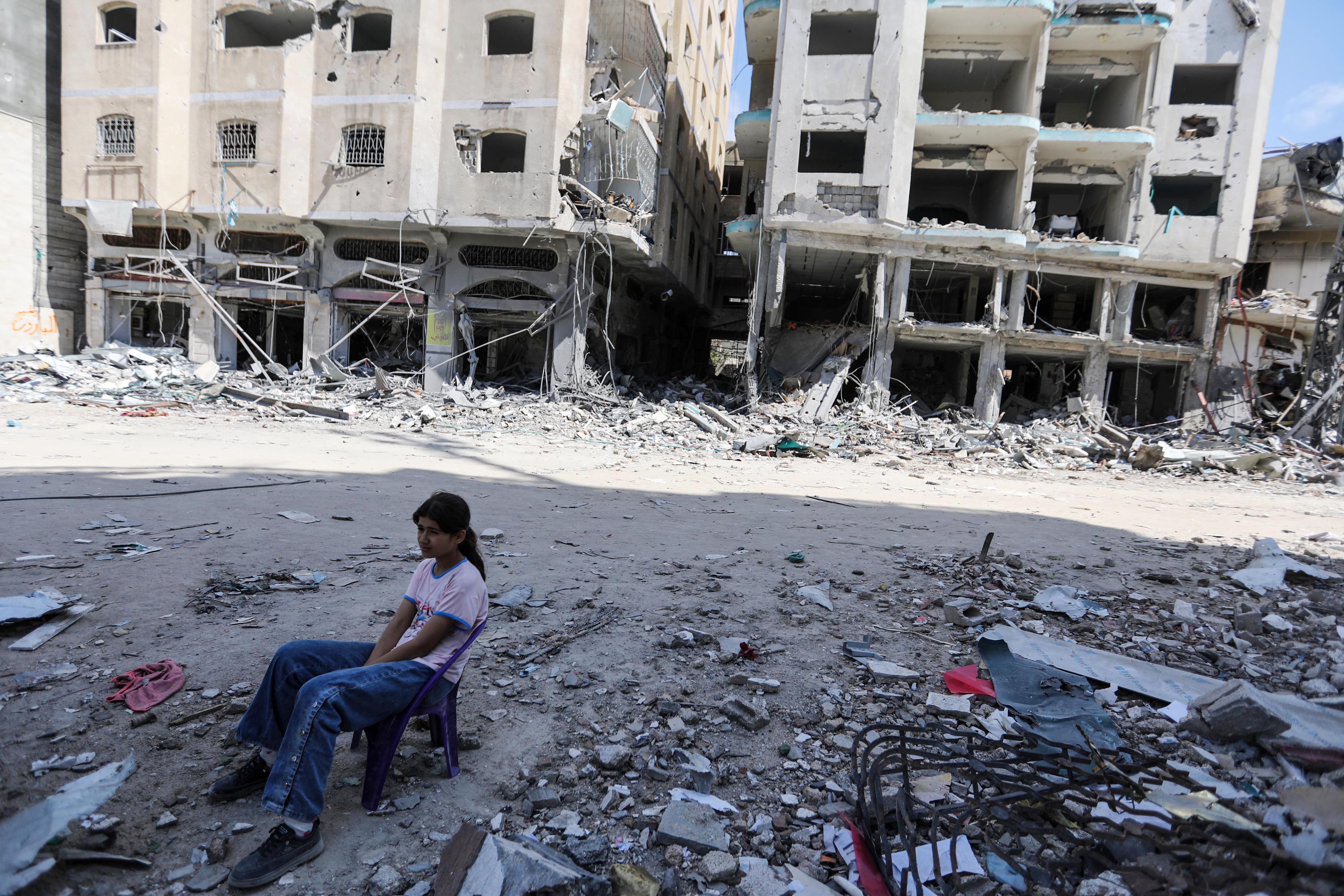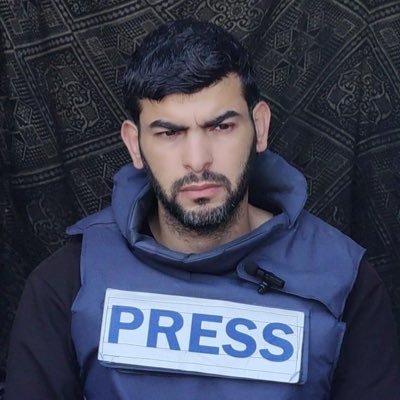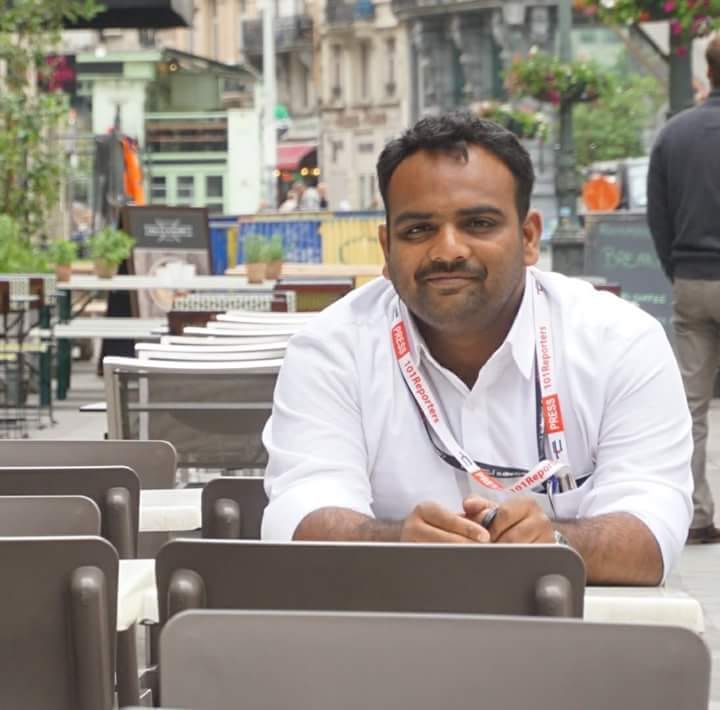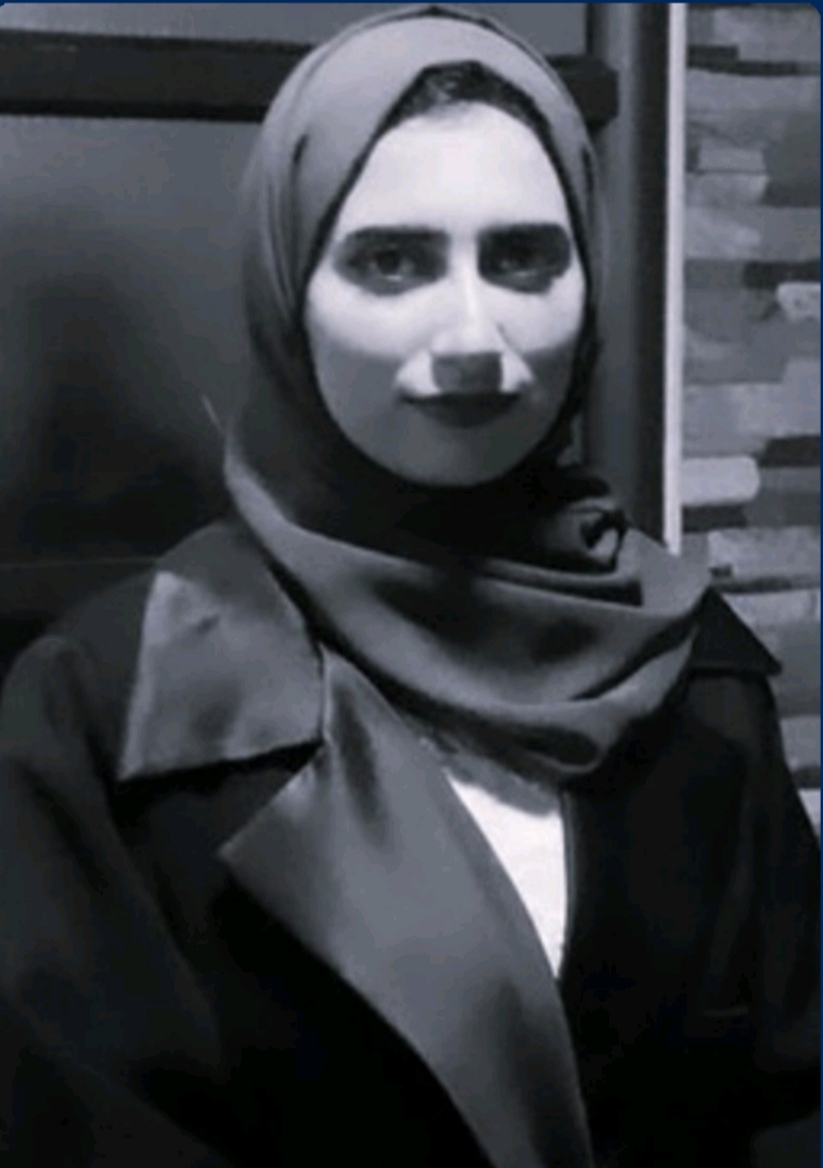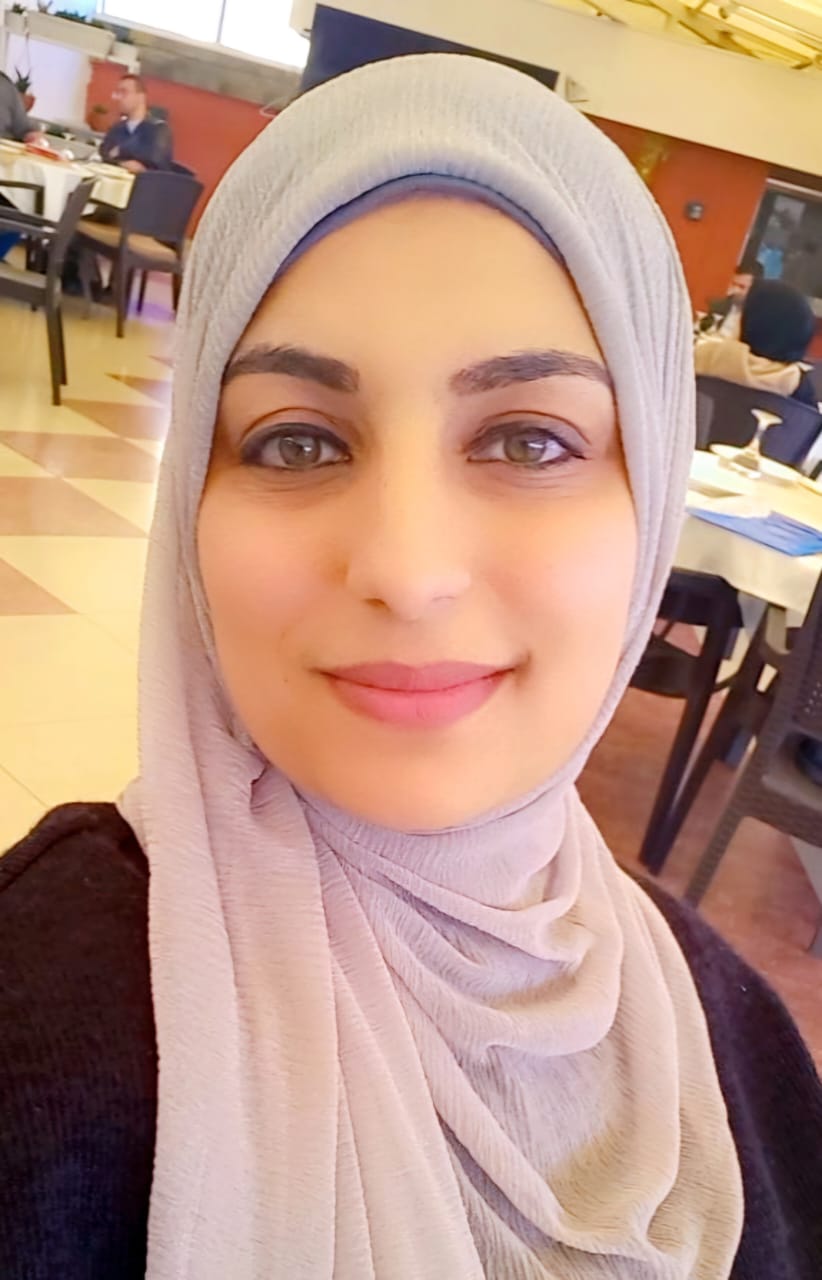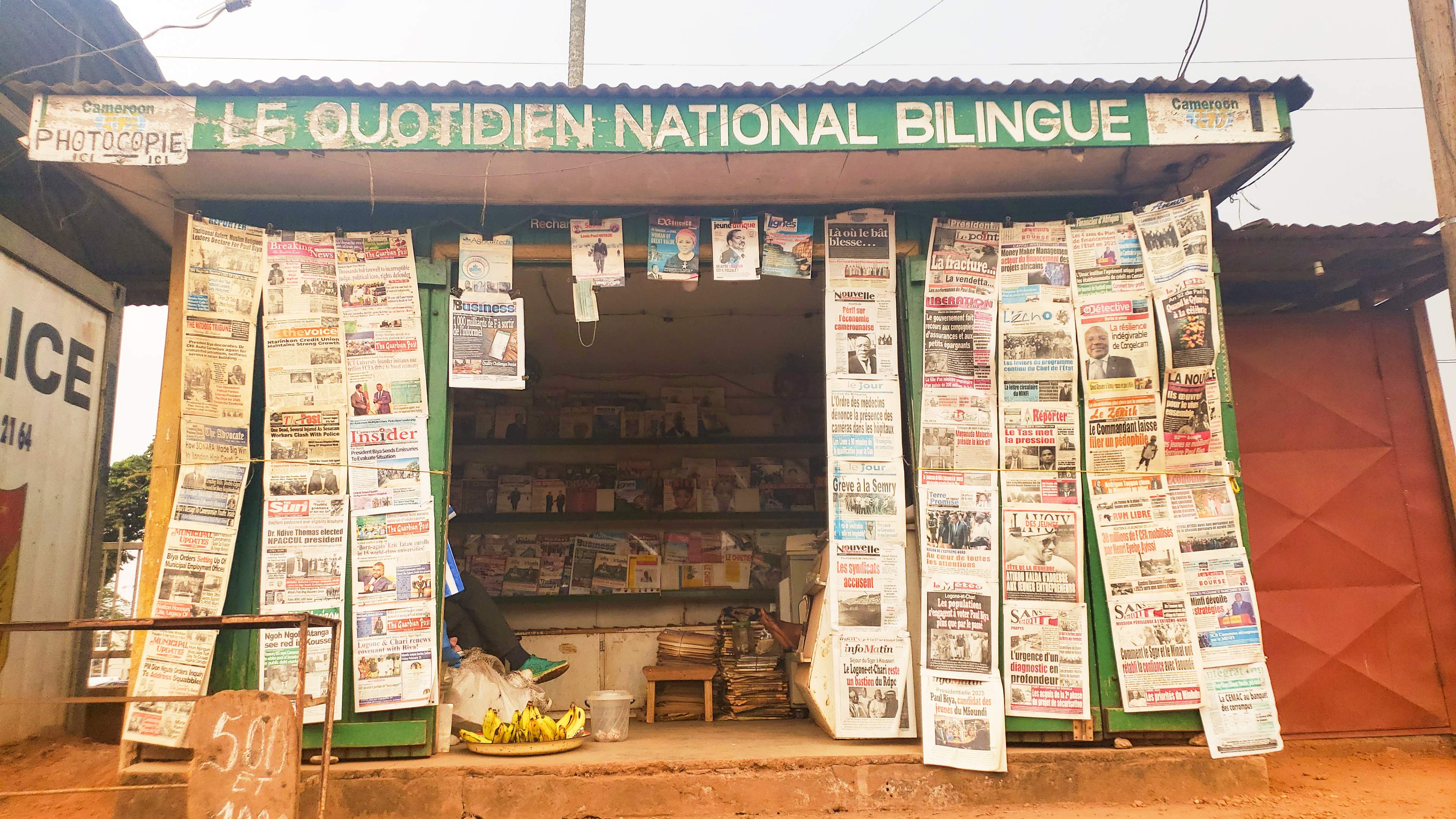هنالك أكثر من 8,072,372,806 أشخاص على وجه الأرض، وقد عرف العالم هذا العام نحو 116,029,984 ولادة جديدة، في حين توفي 52,502,420 شخصا، وقد ارتفع عدد سكان الأرض خلال 2023 بـ 63,527,787 شخصا (1).
إن كنت مثل غالبية الناس، فإنه من المرجح أن تتجاوز هذه الأرقام ولن تقرأها، وستقرؤها ربما على النحو التالي: "هنالك أكثر من — شخص على وجه الأرض، وقد عرف العالم هذا العام نحو — ولادة جديدة، في حين توفي — شخص، وقد ارتفع عدد سكان الأرض خلال 2023 بـ — شخص. " أو قد تلجأ في حالات أخرى إلى مسح (scan) الأرقام بدل قراءتها بشكل تفصيلي.
الأرقام الصغيرة أسهل من الأرقام الكبيرة
هنالك محاولات علمية تحاول أن تفهم كيف يتعامل دماغنا مع الأرقام، حيث تفيد دراسة حديثة نشرتها مجلة Nature Human Behaviour أنه "يسهل علينا أن نفهم ونتعامل مع الأرقام الصغيرة ونحن أقدر على تذكرها من الأرقام الكبيرة".
إلى جانب ذلك، فإنه إن احتجت أن تذكر عدد سكان العالم في محادثة مع أصدقائك، فإنك لن تذكر كل تفاصيل الرقم، بل سيكون الحديث عن أننا أصبحنا ثمانية مليار شخص كافيا. وكلما كان الرقم أكبر، كلما شعرنا أن ما يأتي من الأرقام على اليمين لا قيمة له. وتكون قدرتنا على تصور الأرقام الصغيرة وفهمها أدق، سنشعر أيضا أن الفارق بين 1 و10 هو أكبر بكثير من الفارق بين 607 و617، مع أن الفرق بينهما هو دائما 10.
بالرغم مما يحبذه دماغنا من أرقام صغيرة، فإن تغطيتنا الصحفية لا تستطيع أن تستغني عن الأرقام كبيرة كانت أو صغيرة. فالأرقام أداة "خارقة" تستطيع تجريد الظواهر واختزالها بشكل لا يمكن للكلمات أن تفعله. كما أنها تمكننا من أن نقيس العالم، تخبرنا إن تحسنت الأمور أم لا، وتساعدنا على أن نقارن بين ما نحن عليه اليوم وما كنا عليه بالأمس.
الأرقام أداة "خارقة" تستطيع تجريد الظواهر واختزالها بشكل لا يمكن للكلمات أن تفعله. كما أنها تمكننا من أن نقيس العالم، تخبرنا إن تحسنت الأمور أم لا، وتساعدنا على أن نقارن بين ما نحن عليه اليوم وما كنا عليه بالأمس.
وقد وضعت مجموعة من القواعد الصحفية عند نقل الأرقام للحفاظ على دقتها وتأخذ أيضا بعين الاعتبار كيفية تعامل أدمغتنا مع الأرقام، ولا شك أن الفقرة الأولى التي بدأنا بها هذا المقال تتعارض مع الممارسات الفضلى في الكتابة الصحفية، التي تفترض منا اعتماد أقل قدر ممكن منها في الفقرة الواحدة، إلى جانب تقريب الأرقام واختزال كل ما يأتي بعد الفاصلة.
في أوقات الحروب والصراعات تكون الأرقام أهم وأكثر قيمة، هي تخبرنا بحجم القتلى والجرحى، وتقيس الدمار الذي أصاب مدينة أو قرية، ونعرف عدد المستشفيات التي مازالت تعمل وتلك التي خرجت عن السيطرة، ويمكن أن نحدد حجم من سيحرم من الدواء أو الماء ونعرف فعليا حجم المأساة الإنسانية.
إن تحديات فهم الأرقام الكبيرة مطروحة، حتى وإن كان الأمر يتعلق بأرواح بشرية. قد تستطيع أن تتخيل أن ثلاثة أشخاص قتلوا، ثلاثون في هذه الحالة يصبح الأمر أصعب بكثير، ولكن ماذا عن ثلاثة آلاف أو 300 ألف أو 3 ملايين. يمكننا أن نرسم صورة في أدمغتنا عن ثلاثة أشخاص يقفون في ساحة عامة، ولكن في نفس هذه الصورة ما الفرق بين وقوف 300 ألف شخص وثلاثة ملايين؟ وهذا ما يجعل عرض الأرقام على الجمهور أمرا وتمكينهم من فهمها وتخيلها أمر آخر تماما.
لنحول الأرقام إلى صورة
لا شيء يمكن أن يجعل الأرقام قريبة من الجمهور أكثر من تحويلها إلى صور وثمة طرق عديدة للقيام بذلك مثل المواد المرئية أو المصورة والصور الذهنية التي يمكن أن نرسمها بالكلمات.
مثلا ماذا تقول الأرقام عن الذين سيحرمون من المياه بسبب الحرب، ما هو حجمهم وكيف يمكن أن يفهم الجمهور ذلك، إن كان 7000 شخص معنيون بذلك من أصل 10 ألاف شخص فذلك يعني أنه 7 من كل 10 أشخاص يهددهم العطش.
يسعنا كذلك الاستفادة من مرجعيات الجمهور، هل هنالك حدث سابق مماثل على مستوى الأثر لعدد القتلى والجرحى المرتفع، إن كان هذا الحدث حاضرا في مخيال الجمهور، لنستعره للتعبير عن وضع راهن، فيمكن أن يكون عدد القتلى ضعف عدد من قتلوا في ذلك الحدث مثلا.
يمكن للصورة التي نرسمها في ذهن الجمهور ألا تعتمد على الأرقام أصلا. على سبيل المثال، يقدر طول الأوعية الدموية في جسم الإنسان بـ 96,560 كلم، وعادة ما تضاف صورة أخرى حتى نفهم هذا الرقم بالقول إنه يساوي تقريبا المسافة التي نقطعها عندما نقوم بجولتين حول الكرة الأرضية كاملة.
يسعنا كذلك الاستفادة من مرجعيات الجمهور، هل هنالك حدث سابق مماثل على مستوى الأثر لعدد القتلى والجرحى المرتفع، إن كان هذا الحدث حاضرا في مخيال الجمهور، لنستعره للتعبير عن وضع راهن، فيمكن أن يكون عدد القتلى ضعف عدد من قتلوا في ذلك الحدث مثلا.
يمكنا أيضا أن نرسم صورا حقيقية بالأرقام عبر تقديمها في إنفوجراف مثلا أو ترجمتها إلى رسوم بيانية، فتنزل الأرقام بذلك من عالم المجرد إلى العالم المادي تتلون وتكبر وتصغر وتوظف كل عناصر الترميز encoding elements في التعبير عنها.
وأخيرا تضع القصص الإنسانية مصورة أو مكتوبة أو مسموعة وجوها على الأرقام، فنكتشف الإنسان وراءها، بدل إحصاء القتلى يوميا أو عرض أرقام الدمار بشكل يشابه -للأسف- أخبار البورصة.
إن رسم صورة إنسانية للضحايا ستبدأ بأن يكون الناس قادرين على فهم وتخيل أعداد هؤلاء الضحايا. إذا قسمنا عدد القتلى على أيام الحرب أو الصراع سيكون بإمكاننا أن نعرف كم قتل منهم في اليوم ويمكننا أن نعرف كم قتل في الساعة وحتى في الثانية.
عملية القسمة تساعدنا على الفهم
بعض المهارات الحسابية البسيطة تساعدنا أيضا على وضع الأرقام في سياقها. اتفقنا على أننا لن نذهب في اتجاه تقريب الأرقام، وأن كل حياة فقدت لها قيمتها، ولكن لنضع الأرقام الكبيرة في سياقها، لأننا بهذه الطريقة نجعل الناس قادرين على فهم ما وقع فعلا وهذا يسمح بتحقيق المساءلة والضغط في اتجاه وقف العدوان أو إثبات الجرائم المرتكبة.
في كتابه "Fact Fullness" يقول هانس روسلين: "ليست الأرقام الأمر المهم وإنما الأشياء التي تخبرنا بها عن الناس"، ويشير أيضا إلى أنه لتحقيق فهم دقيق للأرقام لابد من استخدام أداتين يسميهما بـ "السحريتين" وهما المقارنة وقد تحدثنا عنها سابقا والقسمة التي سنتحدث عنها الآن.
إن كنت لا تحب الرياضيات بتاتا لا مشكلة، سنحتاج فقط لأن تعرف أنه ثمة عملية تسمى القسمة والتي تساعدنا أيضا على رسم صور بالأرقام وهي عملية يمكنك القيام بها باستخدام هاتفك (أعرف أني أبالغ في التبسيط هنا، فمن المؤكد أننا قمنا جميعا بعملية قسمة أكثر من مرة واحدة في حياتنا).
إن رسم صورة إنسانية للضحايا ستبدأ بأن يكون الناس قادرين على فهم وتخيل أعداد هؤلاء الضحايا. إذا قسمنا عدد القتلى على أيام الحرب أو الصراع سيكون بإمكاننا أن نعرف كم قتل منهم في اليوم ويمكننا أن نعرف كم قتل في الساعة وحتى في الثانية. إذا سقط 10 آلاف قتيل في فترة زمنية معينة ونجد أن ذلك يعني أن هناك شخصا قد قتل كل ثانية منذ بدأت الحرب، فإن تلك الصورة أوضح بكثير. يمكن أن نقسم على عدد الأيام والساعات والثواني، على عدد السكان لنعرف نصيب الفرد من أمر ما وغيرها..
لا تخلو هذه الممارسات المتمثلة في رسم صورة بالأرقام أو فهمها في سياقها الذي جاءت فيه دون محاذير، فمثلا يجب أن نقارن أشياء يمكن مقارنتها ببعضها لا أن نقارن سرعة طيران الحمام بالسمك أو نسيء استخدام العمليات الحسابية وأن نستخدم العناصر البصرية وأنواع الصور الأخرى بشكل غير سليم.
الأرقام جزء أساسي من تغطية الحروب والصراعات، ولا يمكن ألا نحصي الضحايا من قتلى وجرحى ونحدد حجم الخسائر المادية. ولكننا أمام تحديات عدة تتعلق بـاستيعابها من جهة والرتابة التي تطغى عليها بعد مرور الوقت من جهة أخرى.
يجب أن نهتم أيضا بما لا يمكن للأرقام أن تقوله مهما كانت دقيقة. تساعدنا الأرقام على فهم العالم، ولكن كل رقم يقول شيئا ويخفي أشياء أخرى. وعندما نفكر في هذه الأشياء التي يخفيها سنرى الصورة بشكل كامل. فإذا كان 70% من السكان يعيشون فوق خط الفقر، فإن 30% يعيشون تحته. لذا علينا أن نتساءل دائما عن الأمور التي تخفيها عنا الأرقام حتى نقدم صورة كاملة للجمهور.
الأرقام جزء أساسي من تغطية الحروب والصراعات، ولا يمكن ألا نحصي الضحايا من قتلى وجرحى ونحدد حجم الخسائر المادية. ولكننا أمام تحديات عدة تتعلق بـاستيعابها من جهة والرتابة التي تطغى عليها بعد مرور الوقت من جهة أخرى، فإنها إن لم تُقدم في صيغة وسياق يسمح للجمهور بفهمها وتمثلها حتى يتخذ القرارات المناسبة، فإن التغطيات الصحفية يمكن أن "تقتل" الضحايا مرة ثانية بأن تحولهم إلى مجرد أرقام.
المراجع
(1)-Worldometers. "World Population." Accessed November 12, 2023. https://www.worldometers.in


